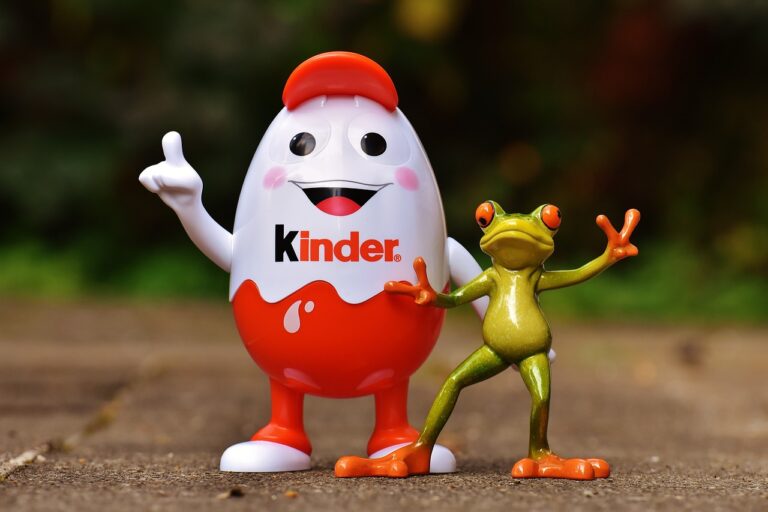The Future of Film Distribution: Digital Platforms and Direct-to-Consumer Models
Traditional film distribution models are encountering significant hurdles in the rapidly evolving digital landscape. The rise of streaming services has revolutionized the way audiences consume content, posing a direct challenge to the traditional theatrical release model. With the convenience of on-demand viewing and a vast library of content available at their fingertips, audiences are increasingly favoring streaming platforms over traditional cinema experiences. This shift in consumer behavior has forced distributors to reassess their strategies and adapt to the changing preferences of the audience.
Furthermore, the saturation of the market with an abundance of content has made it increasingly difficult for traditional film distribution models to stand out and capture the attention of viewers. In a landscape where content is constantly being produced and released across various platforms, distributors are facing fierce competition for audience engagement and revenue generation. Additionally, the high costs associated with marketing and promoting films through traditional channels further compound the challenges faced by distributors in reaching their target audience effectively.
Impact of Streaming Services on Film Distribution
The rise of streaming services has revolutionized the film distribution landscape, offering viewers unprecedented convenience and choice. With platforms like Netflix, Amazon Prime, and Hulu becoming household names, traditional distribution models have faced significant challenges in keeping up with the shifting consumer preferences. These streaming giants have not only changed how films are consumed but also how they are distributed, providing opportunities for independent filmmakers to reach wider audiences without the constraints of traditional theatrical releases.
Streaming services have not only altered viewing habits but have also disrupted the revenue streams of the film industry. The subscription-based model of streaming platforms has diminished the reliance on box office success, leading producers and distributors to rethink their strategies. As audiences opt for the convenience of streaming over traditional movie theaters, the financial viability of theatrical releases is under scrutiny, prompting a reevaluation of how films are distributed and monetized in the digital age.
Emergence of Direct-to-Consumer Models in Film Industry
In recent years, the film industry has witnessed a significant shift towards direct-to-consumer models. This trend has emerged as a response to the changing preferences of audiences who are increasingly seeking convenient and instant access to content. By bypassing traditional distribution channels and engaging directly with consumers, filmmakers are able to create a more personalized and engaging experience for their audience.
One of the key advantages of direct-to-consumer models is the increased control and flexibility it provides to filmmakers and content creators. By distributing their work directly to consumers, filmmakers can have a greater say in how their films are presented and marketed. This direct connection also allows for real-time feedback and engagement with the audience, enabling filmmakers to tailor their content to meet the specific preferences of their viewers.
• Direct-to-consumer models provide increased control and flexibility for filmmakers
• Filmmakers can have a greater say in how their films are presented and marketed
• Real-time feedback and engagement with the audience allows for tailored content to meet specific preferences
What are some challenges faced by traditional film distribution models?
Traditional film distribution models face challenges such as limited reach, high costs, and competition from streaming services.
How have streaming services impacted film distribution?
Streaming services have disrupted traditional film distribution by providing a platform for direct-to-consumer models, allowing for greater reach and accessibility to audiences.
What is the emergence of direct-to-consumer models in the film industry?
Direct-to-consumer models in the film industry involve filmmakers bypassing traditional distribution channels and reaching audiences directly through platforms like streaming services or their own websites.
How are direct-to-consumer models changing the film industry?
Direct-to-consumer models are democratizing the film industry by allowing filmmakers to have more control over their content and reach a wider audience without relying on traditional distribution channels.







